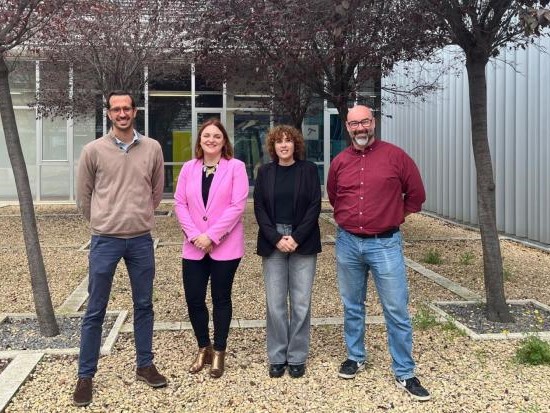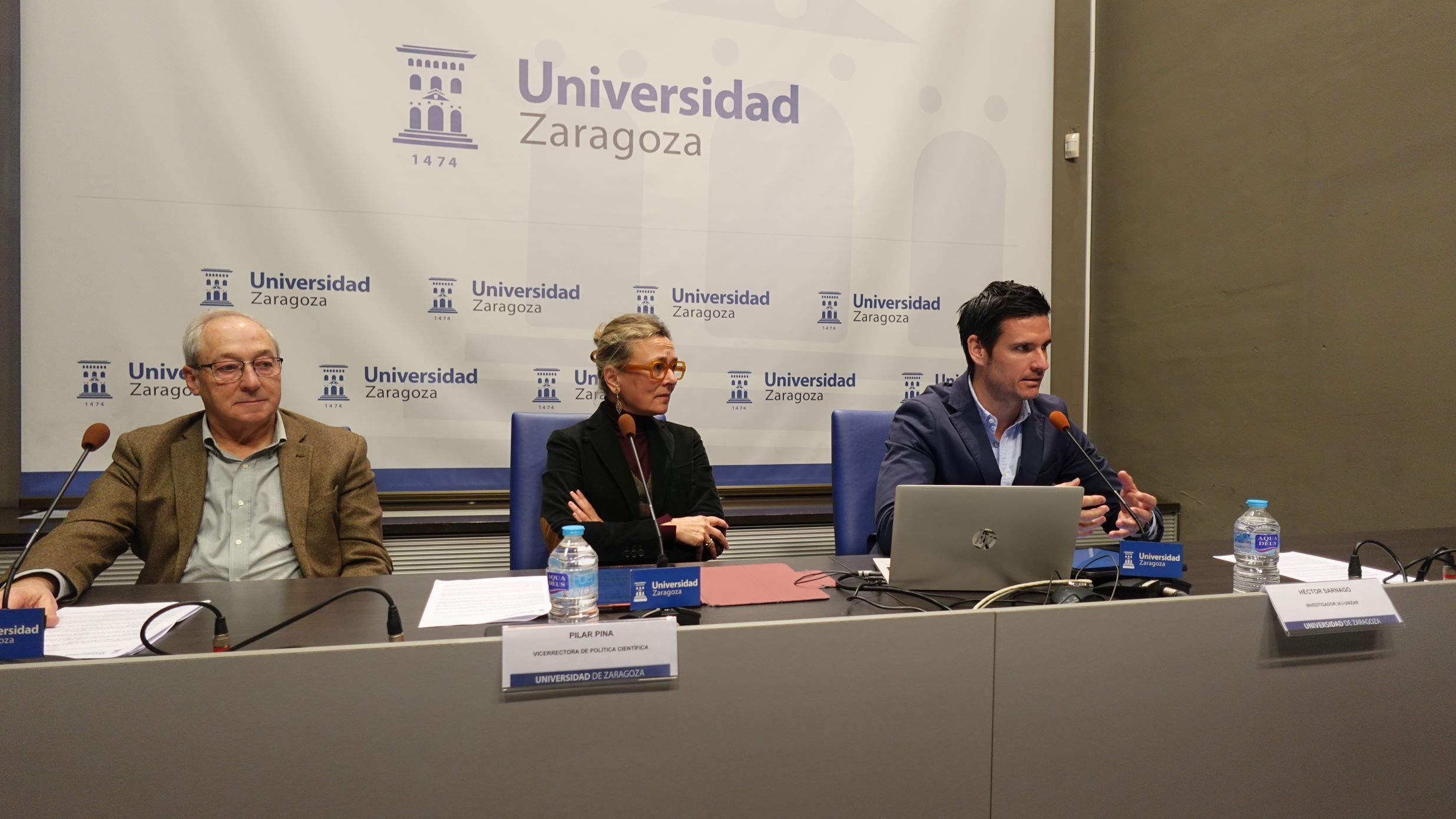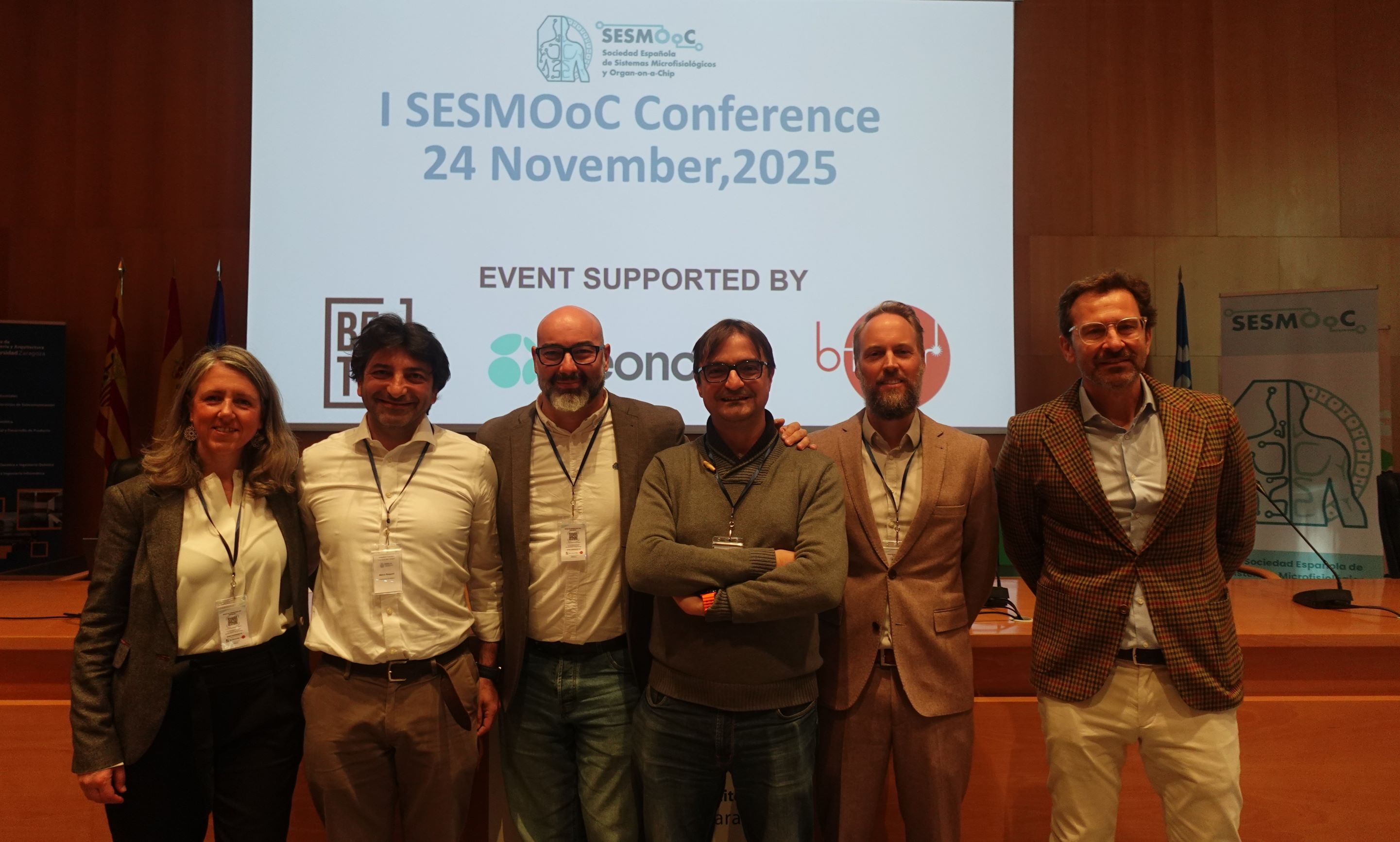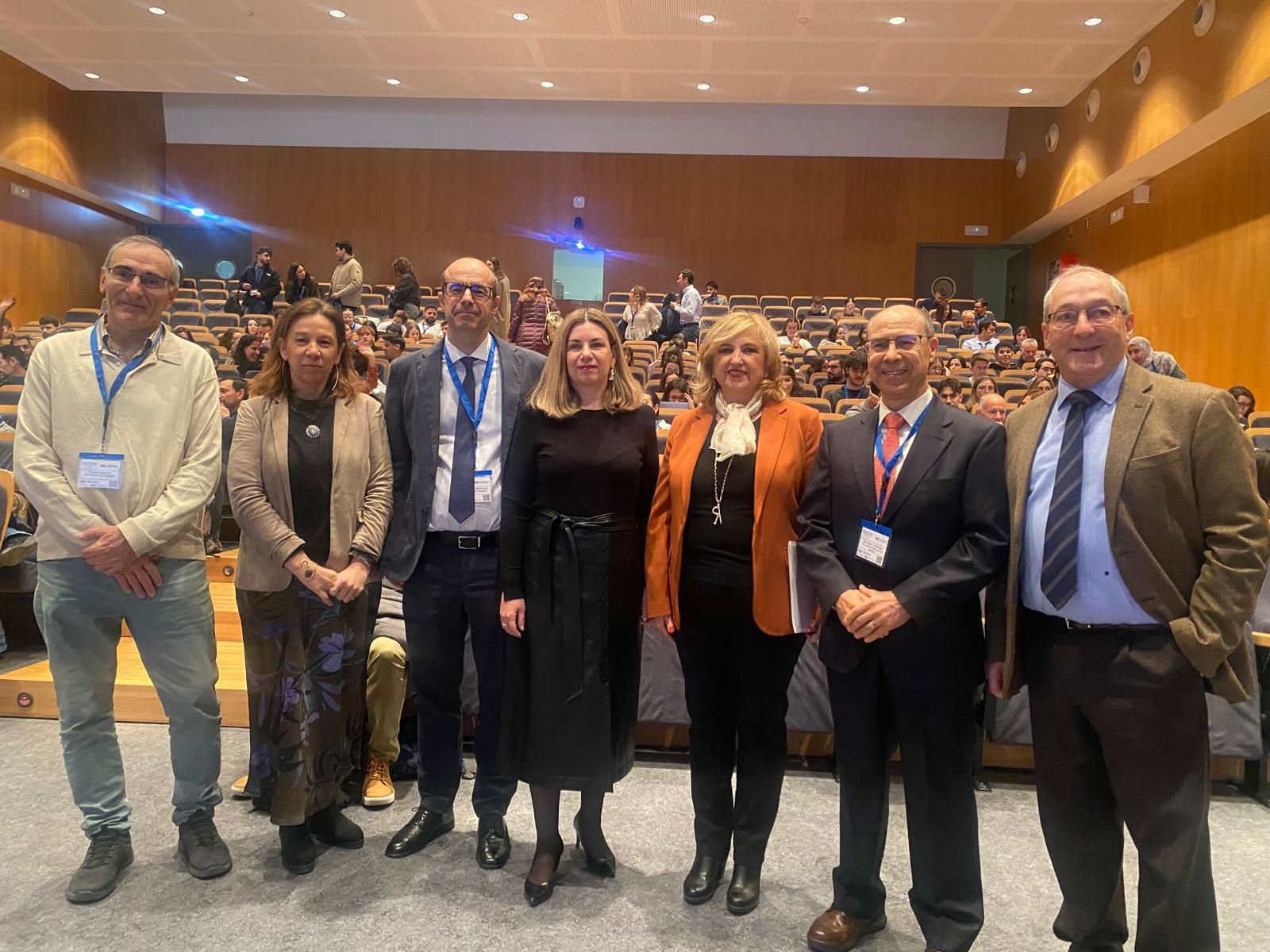
More than 50 organisations from academia, research and technology companies from 10 European countries and nearly 100 researchers are tackling the challenge of developing innovative technologies to mitigate the challenges posed by the use of animals in drug development and testing. They will do so through the EU project UNLOOC (Unlocking the Data Content of Organ-on-chip). The three-year consortium, funded by the Chips Joint Undertaking and national agencies, involves significant participation from Aragon, through researchers from the I3A Unizar (Aragon Institute for Engineering Research), the Aragon Institute for Health Research (IIS Aragon), and the biotech companies Beonchip and Ebers.
The aim is to demonstrate, through five applications, how Organ-on-chip (OOC) technology allows the creation of experimental models to find more effective treatments, leaving animals out of the equation. The solutions to be developed in the UNLOOC project will not only allow controlled drug testing, but also modelling the pathophysiology of diseases.
Organ-on-chip is a rapidly advancing technology that aims to replicate the physiological and functional properties of human organs and has made significant progress in recent years. It aims to replicate the physiological and functional properties of human organs in a microstructured platform, microfluidic channels lined with living cells that mimic the structures and functions of specific organs. By emulating the microenvironment of organs, they provide a powerful tool for drug development, disease modelling and personalised medicine.
Aragon is well represented in this project and is working on two of the project's five applications. On the one hand, the development of industry-ready intelligent multiwell plates for breast cancer in which IISA researchers and the company Beonchip are involved. On the other hand, the development of an integrated system for fluidic control, sensors and incubation for a blood-brain barrier model involving the I3A-Unizar and the companies EBERS and Beonchip, which is leading this application and coordinating the project in Spain.
In addition, Aragon already has an initiative to promote Organ On Chip (OOCA) technology, of which the partners of this European project are part.
Ethical challenges and implications
Before drugs can move into human clinical trials, animal models have traditionally been used to validate the efficacy, toxicity and pharmacokinetics of the drug. However, the use of animal models brings with it many challenges, such as the low likelihood of translation to humans, high failure rates in clinical trials, excessive costs in drug development, and the risk of death caused by unwanted side effects in approved drugs.
To mitigate these serious risks in drug development, better methods are needed to test drugs in human models or on the relevant target groups. As an ethical implication, the potential suffering of the approximately 100 million animals currently used for drug experiments must also be avoided.
Other applications in the UNLOOC project
In addition to the work to be carried out from Aragon, the UNLOOC project has other applications that will focus on:
- Ready-to-use 3D organ models that replicate human diversity through the use of a highly innovative cryopreservation method.
- Artificial epithelium design to assess transdermal drug delivery, skin penetration, absorbance and toxicity validated in a toxicity and drug delivery scenario.
- Development of an advanced lung-on-a-chip platform to better assess the safety of new drug candidates.
The UNLOOC European project (Unlocking the Data Content of Organs on Chips) was launched last May. It has a budget of around 70 million euros, 14 million euros of funding from the Chips Joint Undertaking and 18 million euros from national agencies. Of this, Aragon is allocated almost two million euros.
UNLOOC brings together microfluidics, biological application, microelectronics, Artificial Intelligence and keydigital technologies for new products and new avenues in drug development. The applications developed and validated in the project will be used by scientists from both academia and pharmaceutical companies to drive more holistic drug development, create safe cosmetics without animal testing and gain new insights intodiseases.
Photo: Pedro Moreo (Ebers), Rosa Monge (Beonchip), Sara Oliván and Ignacio Ochoa (researchers I3A - IIS Aragón).





